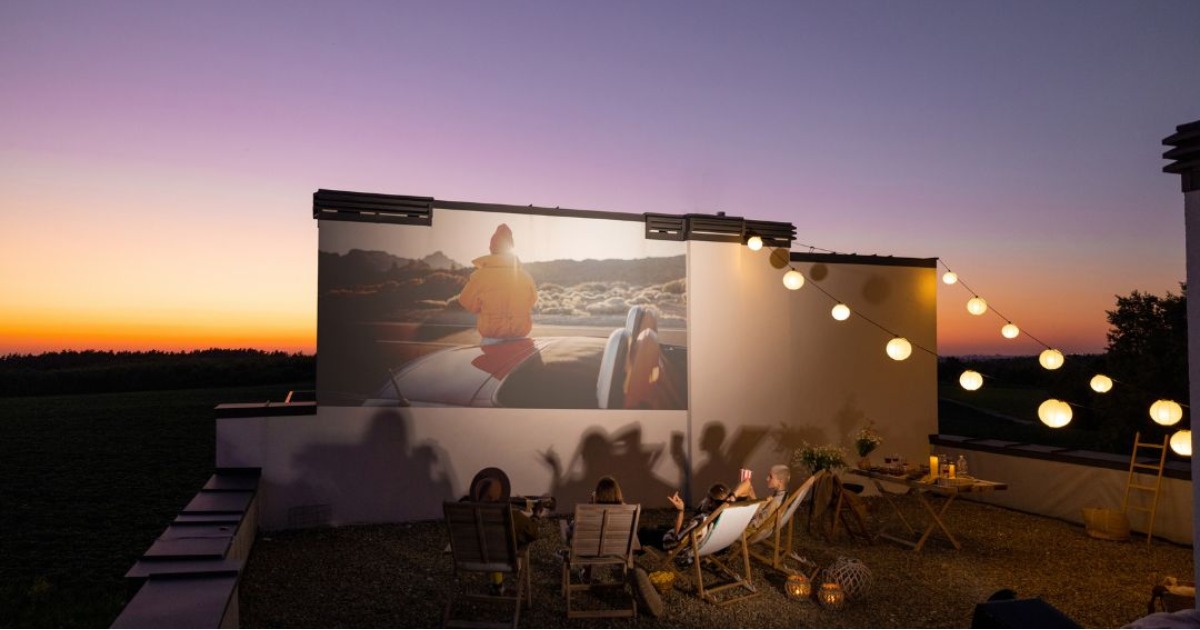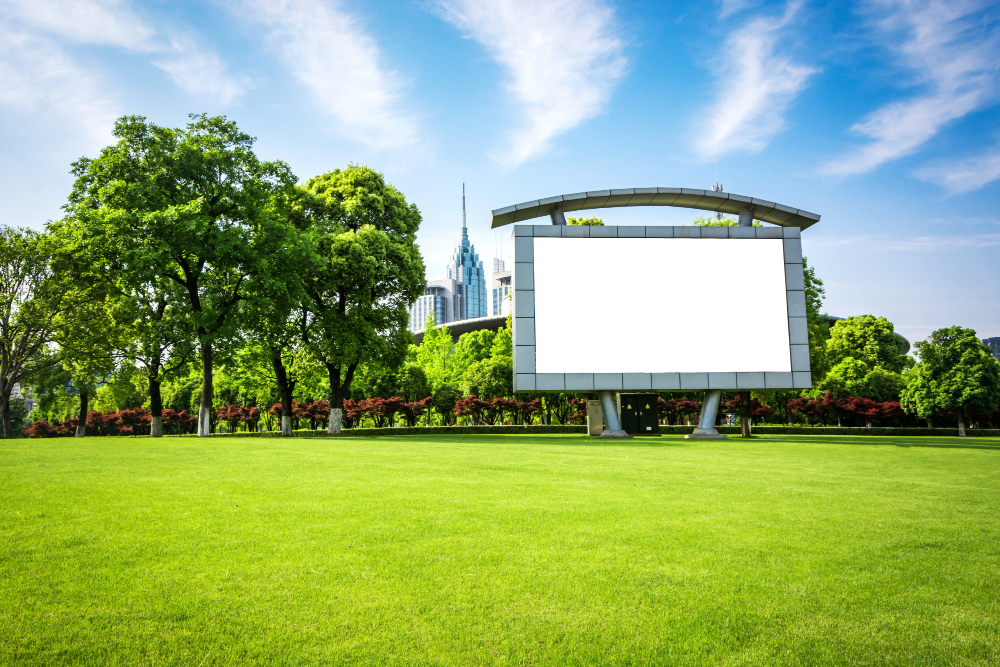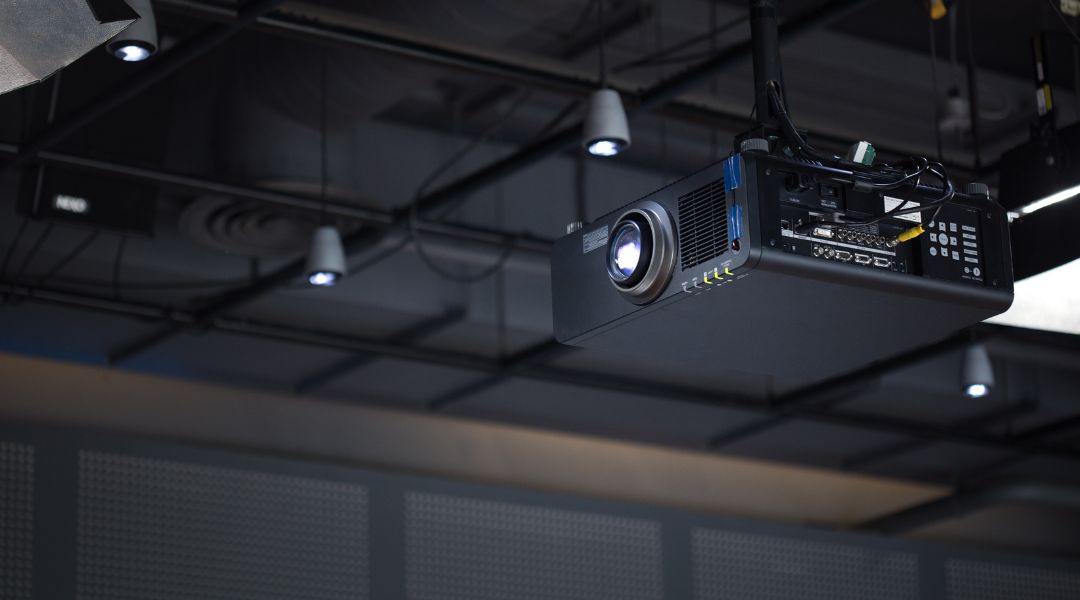How Many Lumens For Outdoor Projector?
- 25 Apr 2025 14:39
- 325

If you're setting up an outdoor projector, you might wonder, "How many lumens is good for a projector?" Lumens measure how bright the projector's light is. So, when people ask, "How many lumens projector daylight," they're really asking about the brightness needed for outdoor projection in daylight. In this guide, we'll keep it straightforward. We'll explain what lumens mean and help you determine the right amount for your outdoor projector. Knowing the right lumens will ensure a clear and bright image, whether it's for a backyard movie night or a daytime event. So, let's uncover the details.
Why must you choose a projector with suitable lumens?
Choosing a projector with the right lumens is crucial for an optimal viewing experience. A suitable lumen ensures your content is vivid and clear in various lighting conditions. If you opt for a projector with too few lumens for a large, well-lit room, your images will appear dim and washed out, making it difficult for the audience to see details. On the other hand, if you pick a projector with excessive lumens for a small, dark space, you might experience eye strain, and the image quality can seem harsh. Therefore, finding the right balance of lumens is essential to match your specific viewing environment.
How many Lumens for outdoor projector
Note; ANSI lumens is the standard way to express the brightness of projectors. Many factors play a role in determining the required brightness for a particular setting, and it's essential to consider them. Typically, outdoor environments are advised to have 2,000 ANSI lumens. 

When choosing the lumens for an outdoor projector, take these factors into account:
1. Environmental light
When preparing to use an outdoor projector, the first thing to consider is the light around you. This means the natural sunlight and any artificial lightning nearby. Your projector should outshine the surrounding light. In daylight, finding the one with 2,000 to 2,500 ANSI lumens is advisable.
2. Screen size
The next crucial consideration is the screen size. The larger the screen, the greater the number of lumens needed to ensure consistent brightness across its surface. Opting for an entry-level projector on a sizable cinema screen might produce a less vivid and dimmer image. Drive-in cinemas that feature afternoon movies typically select projectors with 2,500 to 3,500 ANSI lumens. For screens bigger than 100 inches, like those in spacious auditoriums, choose a 5,000-7,000 ANSI lumens projector for ample brightness. Keep in mind the screen's image is diagonal when determining the ideal projector screen size. This measures from one screen corner to the opposite corner. In addition to the size of the screen, pay attention to the projector-to-screen distance. The greater this distance, the higher your lumens to achieve sharp image quality.
3. Brightness of the image
The brightness of the screen isn't the same as screen brightness. While there's a link between them, remember that screen brightness is measured in nits, which is different from projector brightness, measured in lumens. Think of it like this: When you project on a 5 square meter surface, the picture looks brighter than on a 10 square meter surface. You'll observe this difference even with the projector having the same brightness and the projector-to-screen distance unchanged. Screen size isn't the sole consideration. For instance, movies and games require more image brightness (nits) compared to PowerPoint presentations. Therefore, remember to account for the required image brightness when calculating lumens.
4. Screen gain
The last aspect to consider is screen gain. This measures how much light the screen reflects compared to how much it receives from the source. When the screen gain is higher, the images look brighter. When projecting outdoors, pick a screen that efficiently disperses light in all directions. A screen with a gain of 1.0 is the minimum standard. Anything lower than this will make the displayed images darker than the source projection.
How should outdoor projectors be arranged?
These are the most relevant points to consider for arranging outdoor projectors,
1. Location selection
Choose a suitable outdoor location that minimizes ambient light interference. Opt for areas with good visibility and consider the audience's comfort and safety.
2. Projection surface
Utilize a high-gain projection screen or a smooth, white wall as your canvas for better image contrast and brightness. Make sure the surface is clean and flat.
3. Projector positioning
Position the projector at an optimal distance and angle to prevent image distortion. Follow the manufacturer's guidelines for throw distance and placement. 4. Ambient lighting control Dim or eliminate any surrounding lights that may affect the projection quality. Use blackout curtains or screens if necessary.
5. Audience seating
Arrange seating or standing areas at optimal distances so everyone can view the projection clearly without any obstruction. Following these straightforward steps, you can effectively arrange outdoor projectors for your events, ensuring a quality and enjoyable experience for your audience. 

Final Thoughts
When determining the ideal projector brightness for outdoor use, specifically in daylight conditions, these critical questions arise: "How many lumens is good for a projector?" Or "How many lumens projector daylight?" Whether watching a movie under the stars or hosting a daytime sporting event, selecting the right lumens for your outdoor projector will guarantee an enjoyable and visually satisfying experience.
